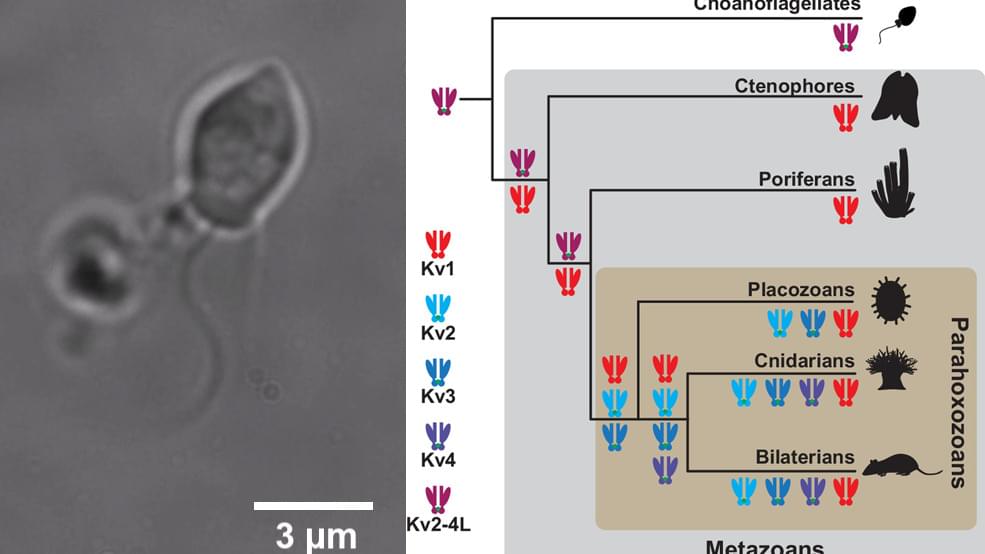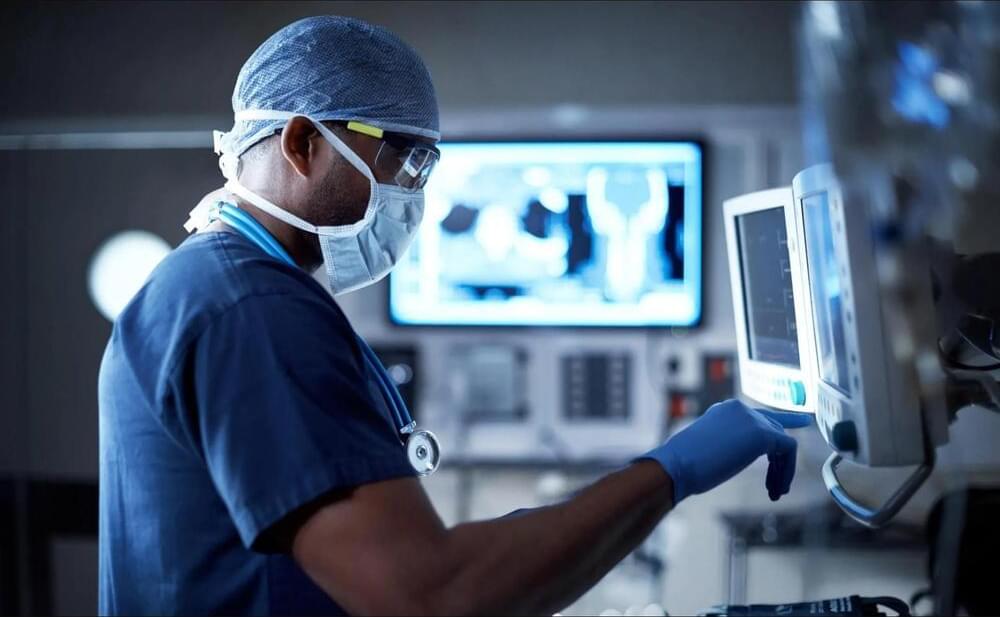Aug 14, 2024
Rewriting the evolutionary history of critical components of the nervous system
Posted by The Neuro-Network in category: evolution
UNIVERSITY PARK, Pa. — A new study has rewritten the conventionally understood evolutionary history of certain proteins critical for electrical signaling in the nervous system. The study, led by Penn State researchers, shows that the well-studied family of proteins — potassium ion channels in the Shaker family — were present in microscopic single cell organisms well before the common ancestor of all animals. This suggests that, rather than evolving alongside the nervous system as previously thought, these ion channels were present before the origin of the nervous system.
The study appeared in the Proceedings of the National Academy of Sciences.
“We tend to think of evolution as a one-way march toward greater and greater complexity, but that often isn’t what occurs in the natural world,” said Timothy Jegla, associate professor of biology in the Penn State Eberly College of Science and leader of the research team. “For example, it was thought that as different kinds of animals evolved and the nervous system became more complex, ion channels arose and diversified to match that complexity. But our research suggests that this is not the case. We have previously shown that the oldest living animals, those with simple nerve nets, have the highest ion channel diversity. This new finding adds to growing evidence that many of the building blocks for the nervous system were already in place in our protozoan ancestors — before the nervous system even existed.”


















